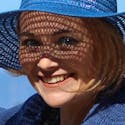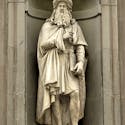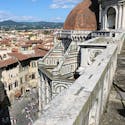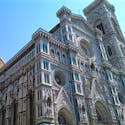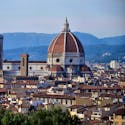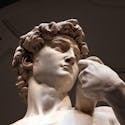Florence was already the Capital of the "Cenacolo"
Long before Leonardo da Vinci worked on his Last Supper in Milan...
Our new adventure features seven locations you can visit for FREE (all but one) and admire the most famous Florentine cenacoli, or perhaps what is better known as the "Last Supper". These small gems of color, interpretation and history are spread across the city. Many monastries jealously conceal splendid frescoes depicting the theme of the Last Supper, safely kept in the same location where they were painted in the Middle Ages or in the Renaissance.
For many when we say "Last Supper", immediately think of Leonardo da Vinci and his renowned masterpiece in Milan - however, what most don't know is that he surely was exposed to many famous paintings with the same theme here in Florence! Below we provide you with a list of some of those open to the public which will give you an opportunity to reflect on the beauty in an atmosphere of tranquility.

Why Paint the Last Supper
The convent refectories (where meals were taken), called cenacoli in Italian, are places where visitors are greeted by a beguiling silence and a place where one can commune with art and history up close and very real way. Entrance to these sacred halls is probably one of the best kept secrets in Florence: most of them are open to the public for free all year round; all you need to search them out, and maybe a reservation before hand!
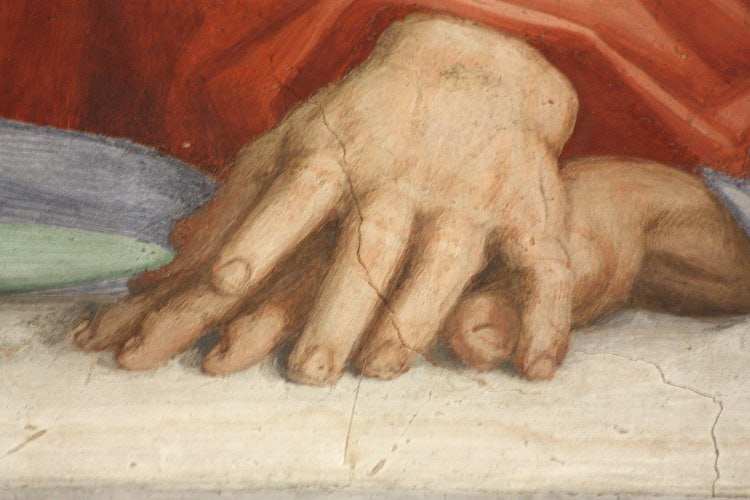
These churches, monasteries and convents can be considered small museums and the offer a different type of itinerary where you can follow the progression of the great Florentine masters from Gothic to Renaissance art. Our fascinating series begins with Taddeo Gaddi in Santa Croce in 1340 and proceeds to cover other asrtistic greats likeOrcagna, Andrea del Castagno, Ghirlandaio, Perugino, Franciabiglio to arrive up to the sixteenth century with Andrea del Sarto and Alessandro Allori, who will complete the overview with his Cenacolo in Santa Maria del Carmine (1582).
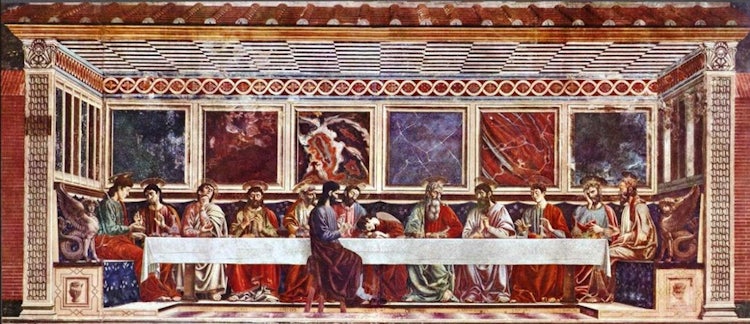
7 Stops in Florence
Let's get started . . .
- Santa Croce: Taddeo Gaddi (1336-1366 circa) - visit is paid, includes the entire complex of Santa Croce
- Santo Spirito: Orcagna (1365)
- Sant'Apollonia: Andrea del Castagno (1445-50)
- Ognissanti: Domenico Ghirlandaio (1480-1482)
- Fuligno: Pietro Perugino (1495)
- San Salvi: Andrea del Sarto (1519-27)
- Convitto della Calza by Franciabigio (1514)
Here's a small preview into scenes of four of the Last Suppers listed above - come back to explore them in more detail!

